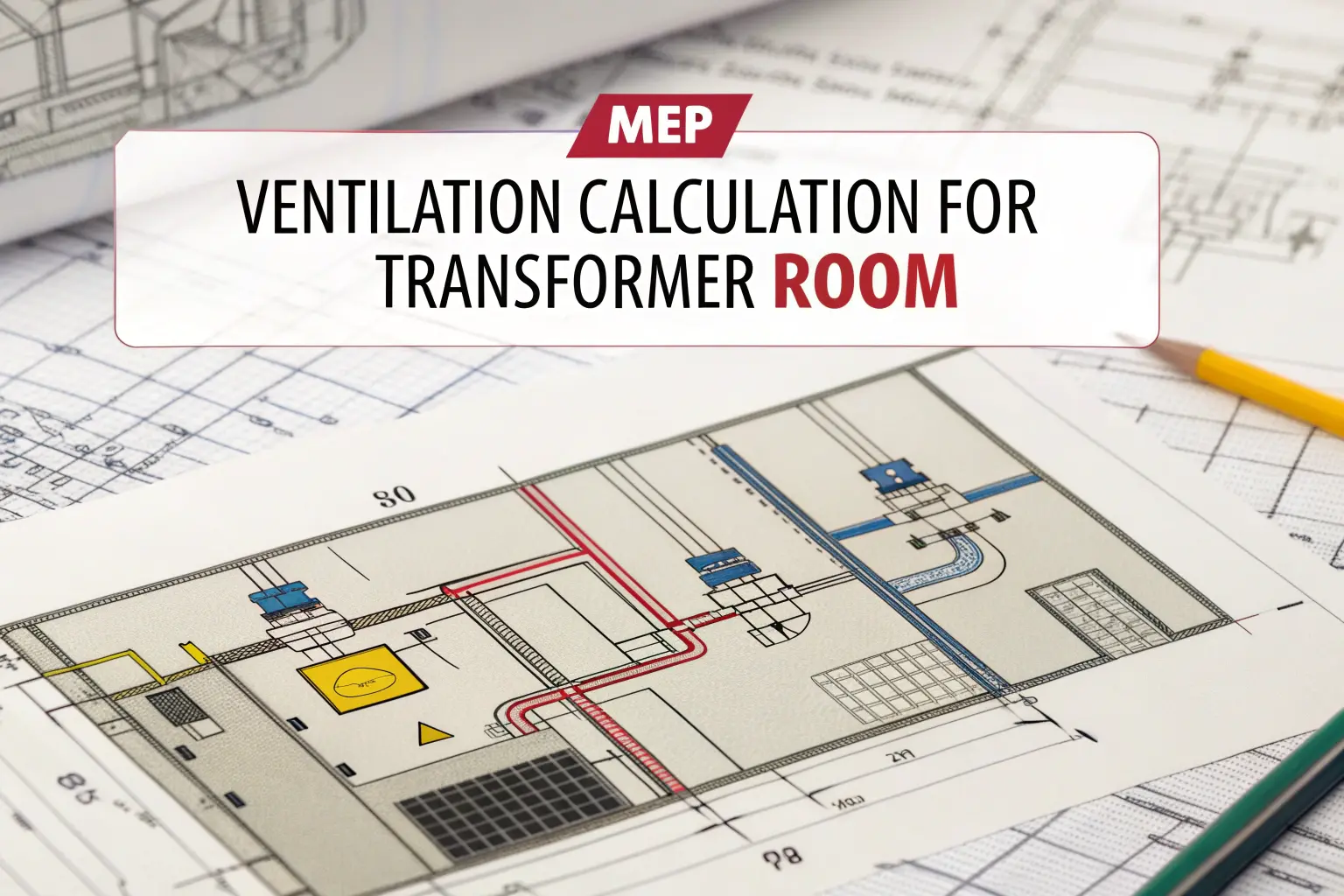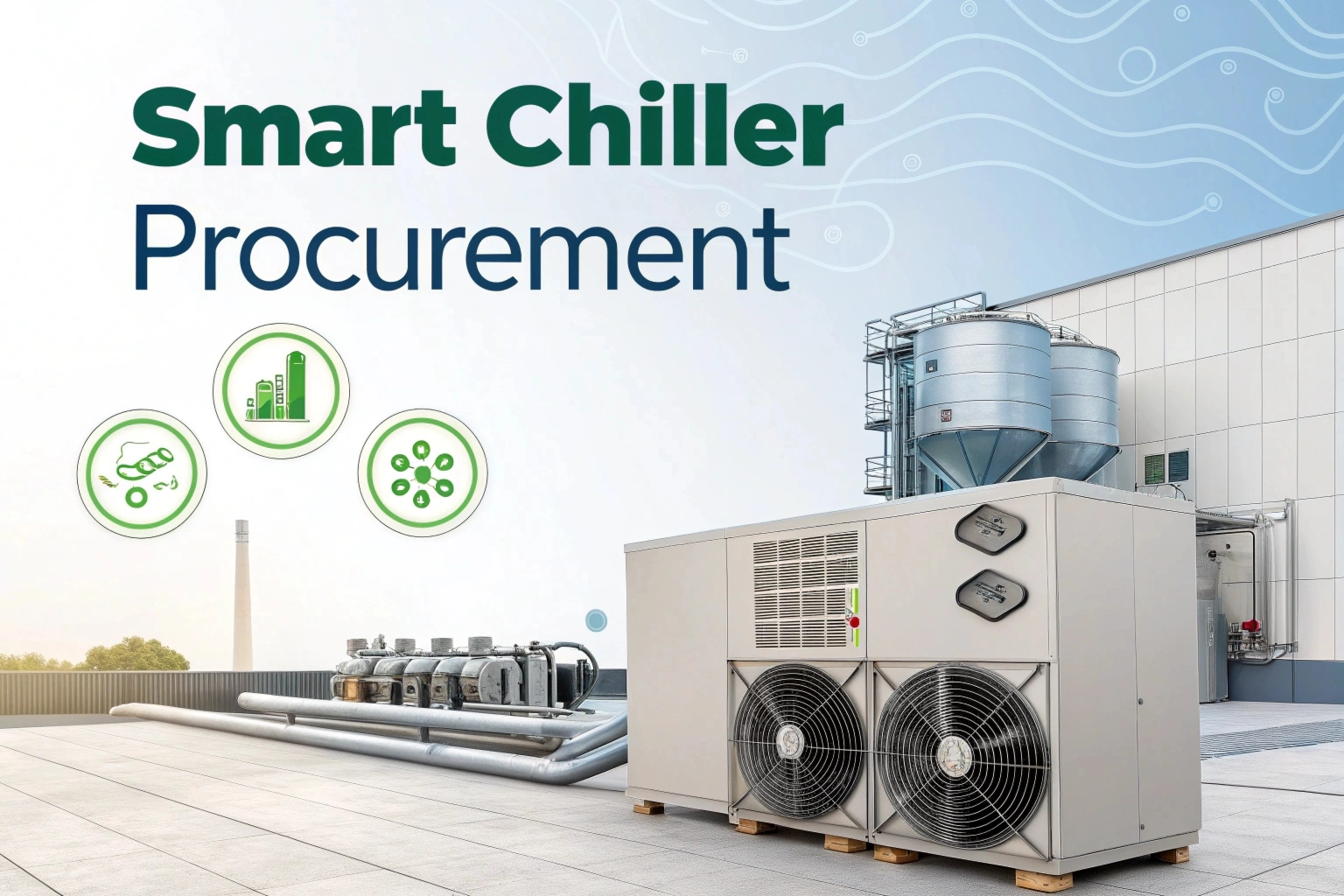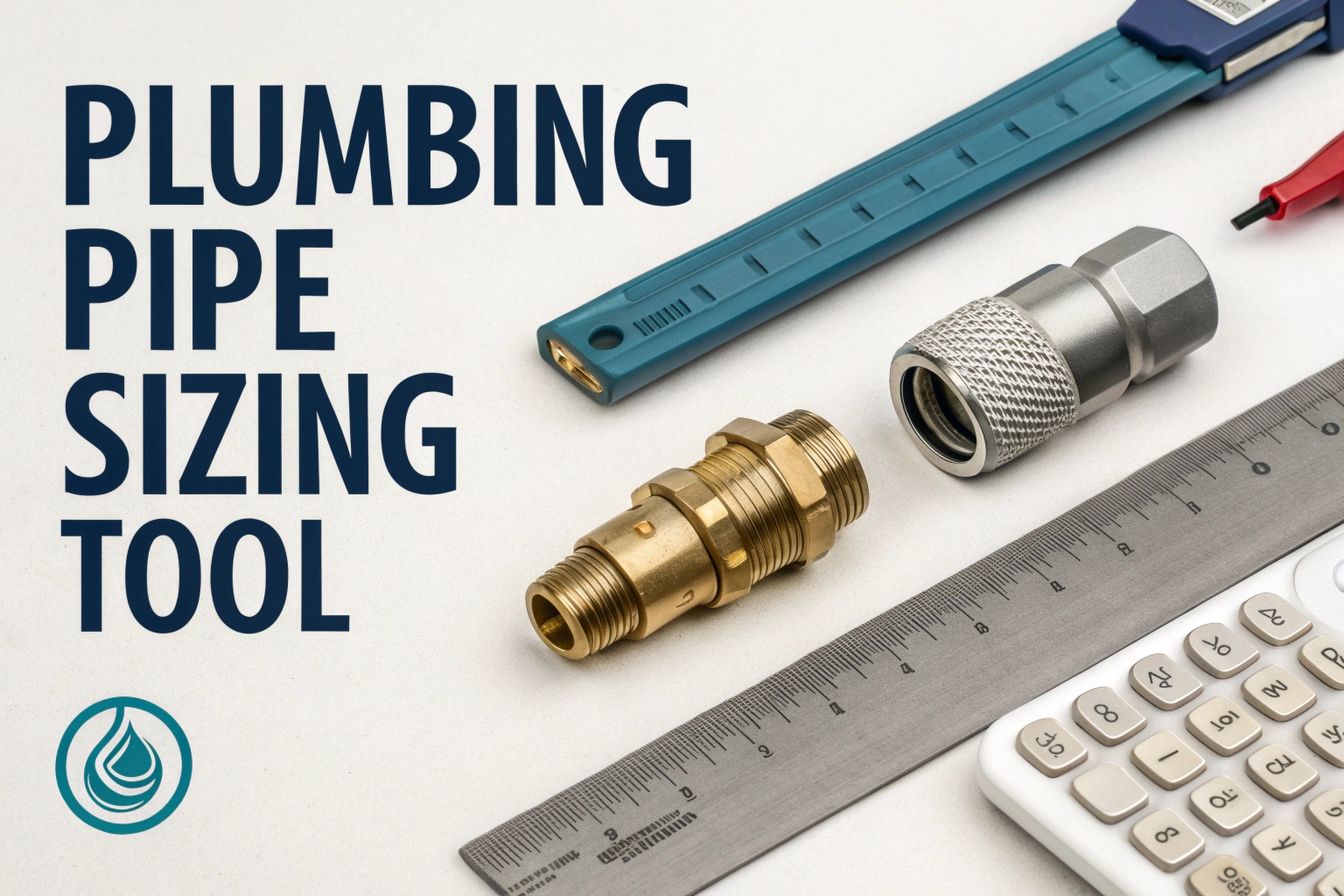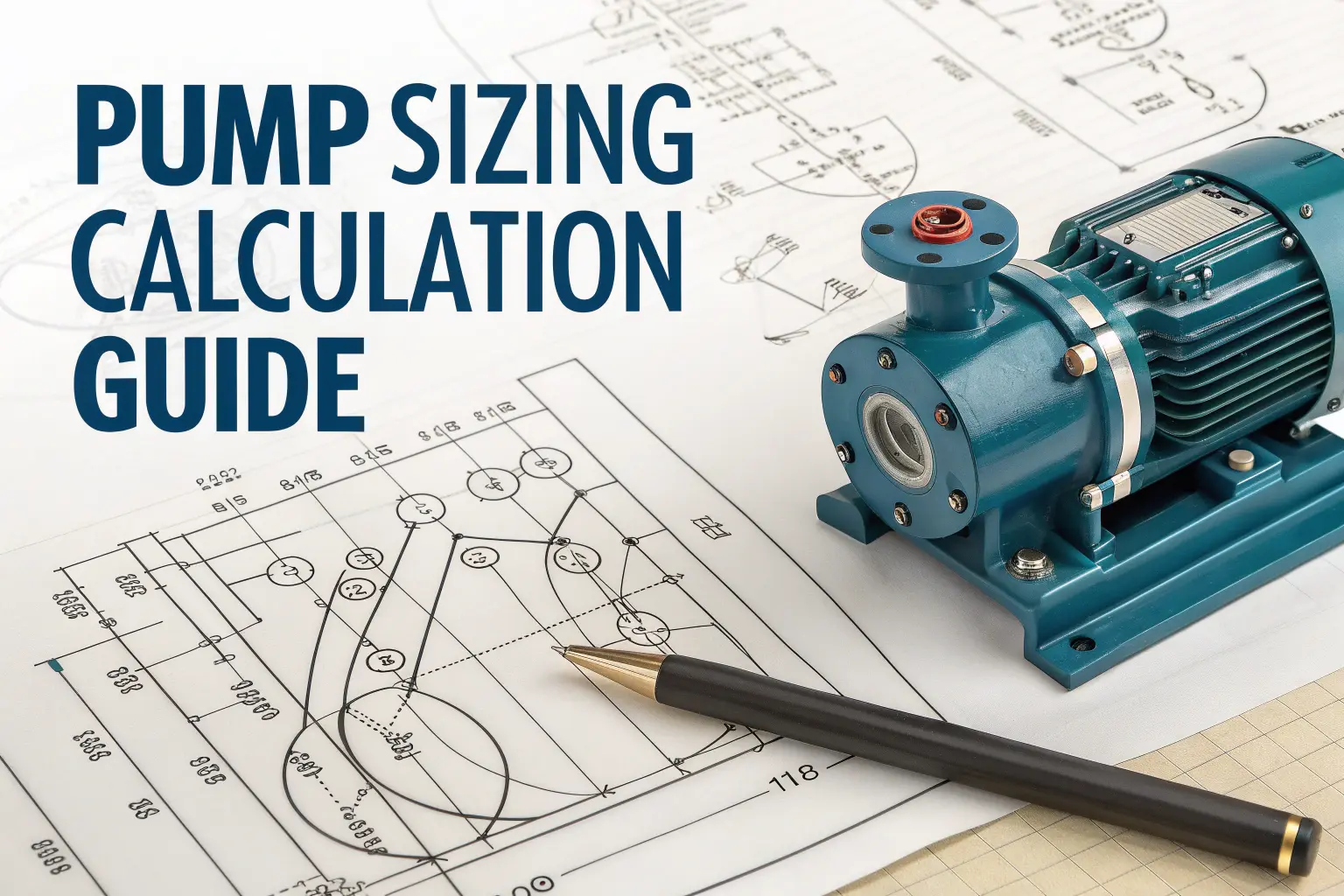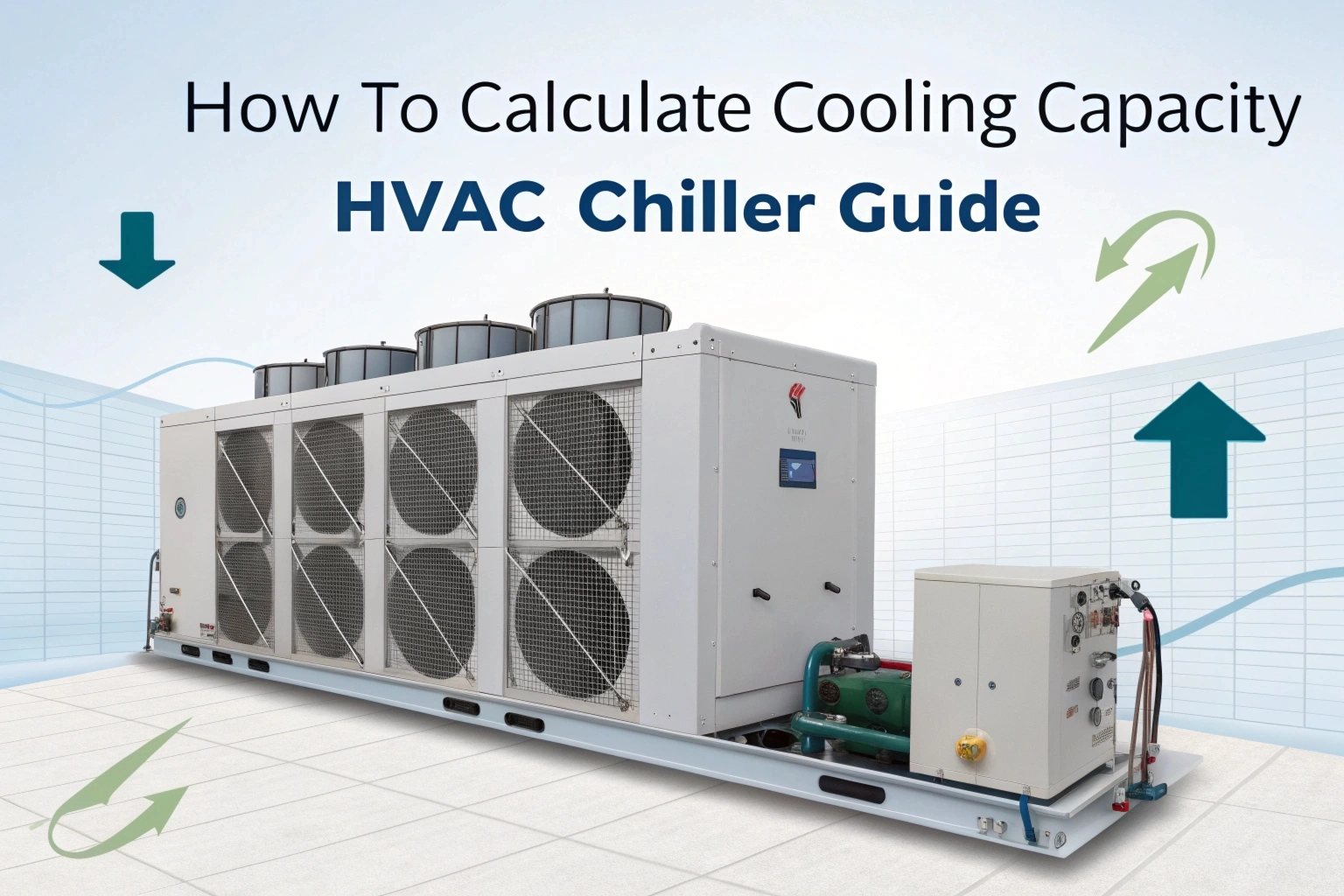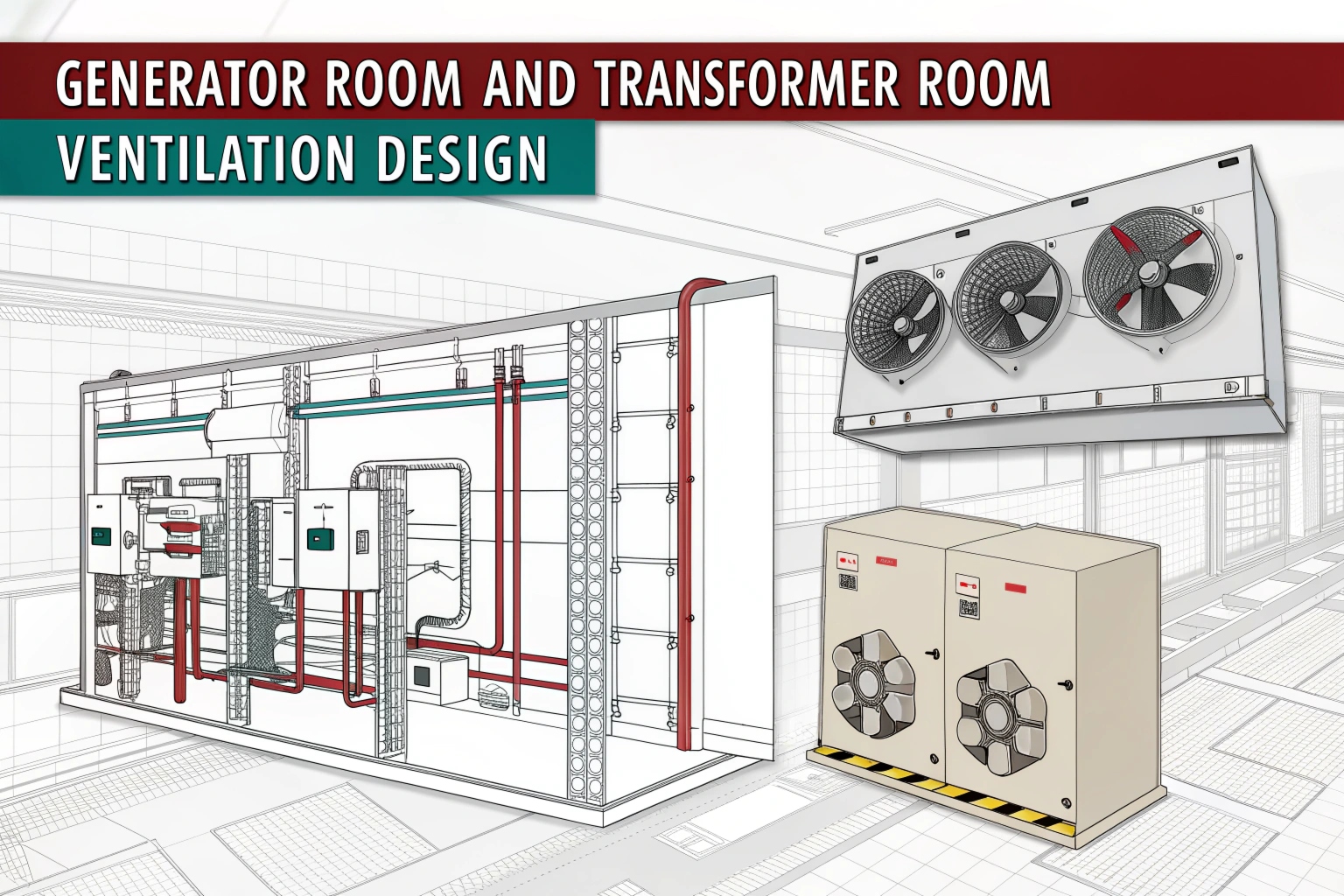Temperatures can either be high or low and everyone knows that such can affect how well your equipment performs. Discover cheap ways of cooling and smart facility solutions.
Data center cooling systems have to be environmentally conscious and have to pay attention to monitoring and managing its environment. Hot conditions and humidity may not be favorable to IT equipment thus leading to its breakdown. These conditions can also make the data center environment unhealthy to the employees.
Luckily, it is possible to use different systems and technologies to maintain temperatures and humidity in the range that is optimal.
What is Data Center Cooling?
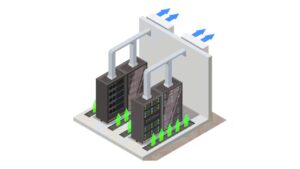
Data center cooling entails the use of various tools, systems, and methods of maintaining the temperature and humidity at a level that is considered appropriate to a data center. As data centers consume much power, there is a lot of heat generated in them. More equipment means more heat. Proper cooling will be effective in ensuring that the whole facility is well ventilated and kept cool as well as getting the humidity at the required level in order to ensure that the equipment is safe with the right temperatures.
Understanding the Importance of Data Center Cooling
Cooling of data centers is important because items of IT and electricity produce heat. Unless such heat is controlled, high degrees of temperature and humidity may affect devices and make them overheat, malfunction or even fail. Damaged equipment may pose a danger, for instance, fire, and increased cost on repairs or replacements.
Most data centers operate upon the use of Class A1 and A2 equipment that need effective cooling. Facility managers have to ensure that their cooling systems are updated so as to maintain appropriate temperatures lest people get hurt. Such demand for improved cooling solutions is the reason why the experts in the field are predicting almost 14% growth in the global cooling market, and the U.S spending concerning cooling to mount to $8.24 billion in the next four years.
How Data Center Cooling Works
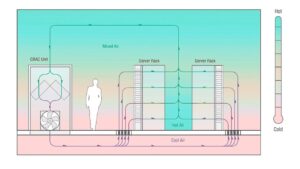
Air cooling is the process of removing heat from the air and replacing it with the cooler air. Here are the main methods:
- It exhausts hot air out; draws in fresh air, cools, and circulates it, inside the facility.
- It recycles internal air by means of cooling. This is often achieved using hot and cold aisle arrangement for the improved cooling efficiency.
- It expels hot air to outside and pulls in the pre-cooled outdoor air for cooling the facility. This practice of free cooling works optimally in the colder regions.
- It keeps the facility at the highest safe temperature and only replaces the equipment when it is broken. This approach is referred to as heat cooling or close coupled cooling and can prove to save money since, in this case, the cooling charges may stop the equipment replacement.
Benefits of Data Center Cooling
Data center cooling has various advantages. It makes use of proven and integrated solutions such as chillers, economizers and computer room air conditioners to minimize cost and avoid downtimes. As all IT equipment also produces heat while using power, the efficient cooling is necessary.
Our solutions are very good at extracting heat out of all types of Rooms and applications, and are therefore suitable for data centers with an expanding IT environment. When you are constructing a new data center, upgrading or modernizing the old one, we make the environment healthier.
The prominent advantages of our data center cooling solutions are the following:
- In-row and in-room cooling integrated deals with the higher IT equipment density.
- It gets rid of hot spots hence reducing the possibilities of breakdown of the equipment.
- The cooling stops, crashes in the system and a random rebooting.
- Our solutions are effective, flexible as well as reliable.
An Overview of Popular Cooling Methods for Data Centers
There are two types of cooling used in data centers namely; air cooling and liquid cooling.
Air Cooling
Air cooling is more suited for the smaller or older data centers that have hot and cold designs with raised floors. In this configuration, the CRAC unit or computer room air handler (CRAH) in the computer room is pushing in cold air underneath the raised floor. This cold air gets into the equipment inlets, exiting the warm air. The system then reheats the hot air again and cools it once again.
Directing the air to hot and cold aisles makes the air cooling more efficient. In such a setup, intake and exhaust vents face each other thus separating cold from hot air. This design assists the CRAC or CRAH for being able to cool up the air better.
CRAH units are more efficient than CRAC units as they have use of outside air that is cooled via chilled water. The CRAC units, in contrast, rely on the refrigerants, as it is the case with a home air conditioner. CRAC is better for small data center closets whereas CRAH is better for larger set up.
Liquid Cooling
This is a newer and more effective technique that is liquid cooling. It is more effective as compared to air cooling considering that liquid draws heat at a higher pace. Information centers can only install liquid cooling where they are needed thus conserving energy.
There are two main categories in which the liquid cooling falls;
- Liquid Immersion Cooling: With this method, there is immersion of entire devices in a special dielectric fluid. The liquid absorbs heat, changes to the vapour, and condenses to cool the device.
- Direct-to-Chip Liquid Cooling: This is achieved by employing the use of tubes which deliver nonflammable dielectric fluid straight to the hottest parts of the device i.e. CPU or GPU. The fluid absorbs heat, gets vaporized and removes the heat through tubes.
Data centers use air cooling, liquid cooling or a combination of them depending on their size, temperature of output, and the cooling needs.
The Importance of Energy Efficiency in Data Center Cooling
Cooling systems should be one of the priority measures taken by the data center to reduce the use of energy. According to recent data, these systems tend to consume a significant amount of energy in the facility, i.e., up to 33%. Where a lot of data centers are known to spend half of their operating costs in energy, efficiency in cooling can be very significant.
For starters, it is of essence to maintain the building’s systems, such as HVAC and power, in a good state. Then, the IT equipment should be checked by the operators to ensure that it is in a prime state all the time. Newer technology that is more efficient than the old equipment is also able to help.
Another option about which one can save energy is to research new technologies of cooling. Free cooling and liquid cooling are some of the technologies that can limit the use of conventional cooling, thus making the production facility energy efficient overall.
Future Data Center Cooling Technologies
Although liquid cooling is a new concept, other types of cooling techniques such as geothermal and AI-controlled smart technologies as well as evaporative cooling are coming up.
The Natural Cooling Approaches for the Data Centres:
- Geothermal Cooling: Takes advantage of a constant underground temperature of the Earth to cool data centers. Pipes are used for the transportations of water or coolant below the ground through the wells. This technique is applied by such companies as Iron Mountain and Green Mountain.
- Evaporative Cooling: Works with the use of moving air, to evaporate water, thus cooling the air. It is cost effective and it operates in the best way if it is in dry climates.
- Solar Cooling: Taps heat of the sun to use in cooling equipment at data centers. This approach allows reducing the use of energy particularly in sunny areas.
- Kyoto Cooling: This technique applies a thermal wheel in regulating hot and cold air in the data centers. It consumes fewer power and cuts down carbon emission and does not require water to cool. This kind of technology is used by such companies as United Airlines and HP.
Future Data Center Cooling Technologies
The new data center cooling technologies require a huge investment and, therefore, many facility owners resort to smart technology. AI, machine learning, and smart assistants are able to watch facilities and regulate the temperatures and humidity in real-time. For instance, Google applies smart temperature controls to minimise the needs for cooling and heat. With its DeepMind AI, Google reduced the cooling energy by 40% in 18 months.
Data centers robots can monitor the temperature and humidity inside the server cabinets. Due to changes in conditions when cabinets are opened, firms such as OneNeck IT Solutions came up with robot sensors to take data. These robots send the information about temperatures to devices, which develops a heat map for each of the cabinets.
The increased demand for data centers means that the owners of these facilities have to come up with efficient and affordable ways of cooling their facilities. These could be environmentally friendly designs such as geothermal cooling or brand new technologies such as liquid immersion cooling for servers that are powerful.
Conclusion
The data center cooling systems are significant in ensuring proper operation of data centers. These systems have kept on developing throughout the time and will do it in the future as well. For data centers to continuously remain ahead, they have to adopt the new technologies.
Many companies do have a varied range of sophisticated cooling products which help in enhancing efficiency and performance. These technologies not only mitigate the demand of energy costs but also reverse the carbon footprint.
Using the cooling solutions, data centers can enhance their operations and make contributions towards a sustainable future.
Read More – The Relationship Between Temperature and Grain Concentration


